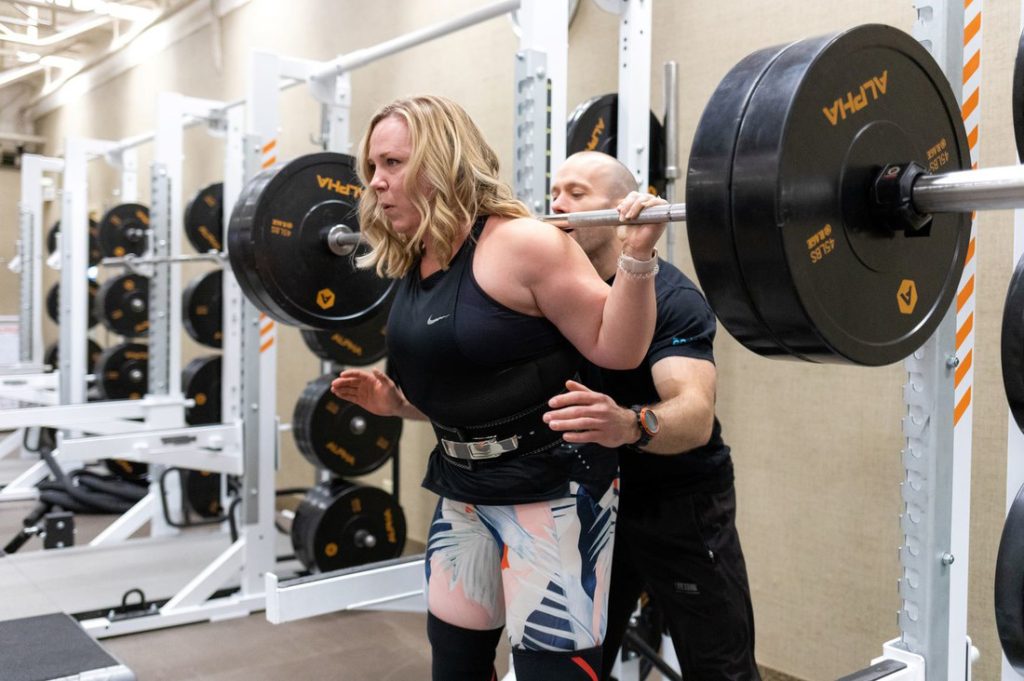A standard barbell is just over 7 feet of chrome-plated steel weighing 45 pounds. Load it with iron, rubber or polyurethane plates, and a curious transformation happens. It becomes a mirror, revealing not only physical strength but also strength of purpose.
When Shernan Holtan ’98 first lifted a barbell in 2013, she had started a new job at the University of Minnesota Medical School and wanted to regain her fitness after the grueling years of a medical residency and fellowship. “I found that learning new strength-based skills was incredibly therapeutic,” she said.
This story originally appeared in HC Today.
Under the guidance of a coach, Holtan pursued powerlifting—a discipline consisting of the deadlift, squat and bench press—multiple times a week. She completed 10- to 12-week-long programs that incorporated complementary movements according to a concept known as progressive overload. After years of working on these strength programs, she became quite strong, setting a national powerlifting record in the squat in 2019.
The internal rewards were greater than the external rewards, however. As she gained strength, Holtan noticed changes in how she handled stress and tension.

“My sleep and resilience improved. I developed a greater sense of self-efficacy. Barriers to accomplish almost anything were lower,” she explained.
In addition, the technical aspect of weightlifting appealed to her.
“The lifts require intense focus—so much so that you have to put the worries of the day aside. There is always more to learn about the movements and about yourself. The process of refining and improving never ends, inside or outside of the gym,” she said.
This revelation is one Holtan knows well as an academic physician. Medical research evolves over time, and the quest for better outcomes persists, especially in high-stakes specialities like hematology. Holtan zeroed in on blood and marrow transplantation (BMT) while at the University of Nebraska Medical School, where she graduated in 2003.
“I was fascinated to learn that some cancers could be cured using a donor immune system,” she recalled.
However, BMT patients are at serious risk for a complication called graft-versus-host disease, or GVHD, where the donor’s immune system attacks the patient’s cells and tissues. “GVHD can be devastating and fatal, and I committed my career to finding better treatments and prevention so more people could safely undergo BMT,” she said.
She recently co-led a phase III study testing a new drug regimen that dramatically reduces the incidence of severe GVHD. The results were published in the New England Journal of Medicine in June and are already changing practice around the world.
“It’s been amazing to watch this new era of transplantation dawn before my eyes,” Holtan said. “We can now shift focus to other toxicities and develop better ways to support patients.”
Building a community
With weightlifting positively affecting her life, Holtan championed its benefits in the clinic. While new drug regimens undoubtedly advance medical care, she recognized that more could be done to boost patients’ resilience.
“I wanted my BMT patients to have the same opportunity to improve their muscle mass and overall health within a supportive community,” she said.
Holtan and a group of colleagues launched an annual “Marrow on the Move” celebration that supports patients undergoing blood or marrow transplantation or other cell therapies. The summertime event, which now has an online participation option, brings patients, their families and the medical community together for a run and other exercises.
Holtan and her colleagues also promote a “Marrow-Thon” challenge for patients admitted to the hospital for a transplant or cell therapy. Those who complete a full or half marathon during their hospital stay win prizes and see their names added to a wall of fame.
These fitness programs have motivated patients, families and providers.
“We continue to think of new ways to encourage people to maintain or build their muscle mass during and after cancer treatment, including developing safe strength-training programs for people with low platelet counts and using virtual reality games that may help patients exercise when hospitalized or when they cannot safely go to a gym,” she said.
In addition to her position as associate professor of medicine, Holtan chairs the Allogeneic Transplant and Regenerative Medicine Disease Oriented Committee at the University of Minnesota Medical School. She is the principal investigator of the university’s Blood and Marrow Transplant Clinical Trials Network, which has conducted numerous prevention, therapy and prognosis studies.
A native of Gering, Nebraska, Holtan and her husband Kirk are the proud parents of two teenagers who now regularly train with their mom’s coach. “It’s fun to watch them experience mental and physical growth through strength training,” Holtan said.

